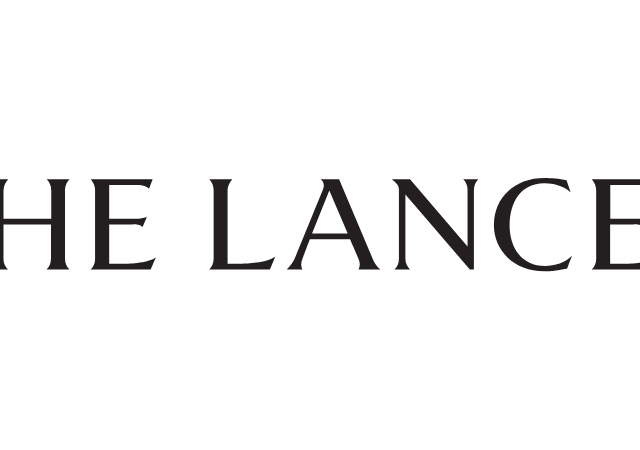Civil rights organisations, data protection authorities, and emerging scholars have highlighted the risk of increased digital surveillance after the pandemic.
These groups have emphasised the need to meet baseline conditions such as lawfulness, necessity, and proportionality in data processing, and the need for social justice and fairness to take precedence despite the urgency of this crisis.
,
,
,
In this Health Policy paper, we seek to contribute to the rapidly evolving debate about the promises and risks of digital public health technologies in response to COVID-19. Rather than a focus on so-called solutionist or instrumentalist approaches (where the focus is on the benefit that the technology itself brings to public health management) to digital public health technologies, we instead focus on public health outcomes, as well as the ethical principles guiding these outcomes.
We offer a typology of the main applications that are in use, and we discuss their respective features, including both application-specific and context-specific risks, cross-sectional issues, and ethical concerns. Finally, we propose a navigation aid for policy makers, recommending steps that should be taken to mitigate risks by engaging in a robust risk–benefit analysis. This aid is derived from the translation of ethical principles from public health and data ethics, and builds upon process-based risk assessment and governance frameworks. Further, this aid can be calibrated to each typological domain to guide different technological platforms and at various phases of the deployment of digital public health technology.
we reviewed the rapidly evolving spectrum of digital public health technologies against COVID-19 and created a multidimensional descriptive typology (figure 1). This typology is based on four main categorical variables: key actors, data types, data source, and model of consent. The concept measured by the typology (called the overarching concept in typological research) is the public health function of a technology; not its physical realisation at the hardware or software level. As a result, this multidimensional model can be put in use to categorise not only tools that have already been deployed but also future and emerging technologies. Our typology identifies four main functional categories of digital public health technologies for pandemic management: proximity and contact tracing, symptom monitoring, quarantine control, and flow modelling.
